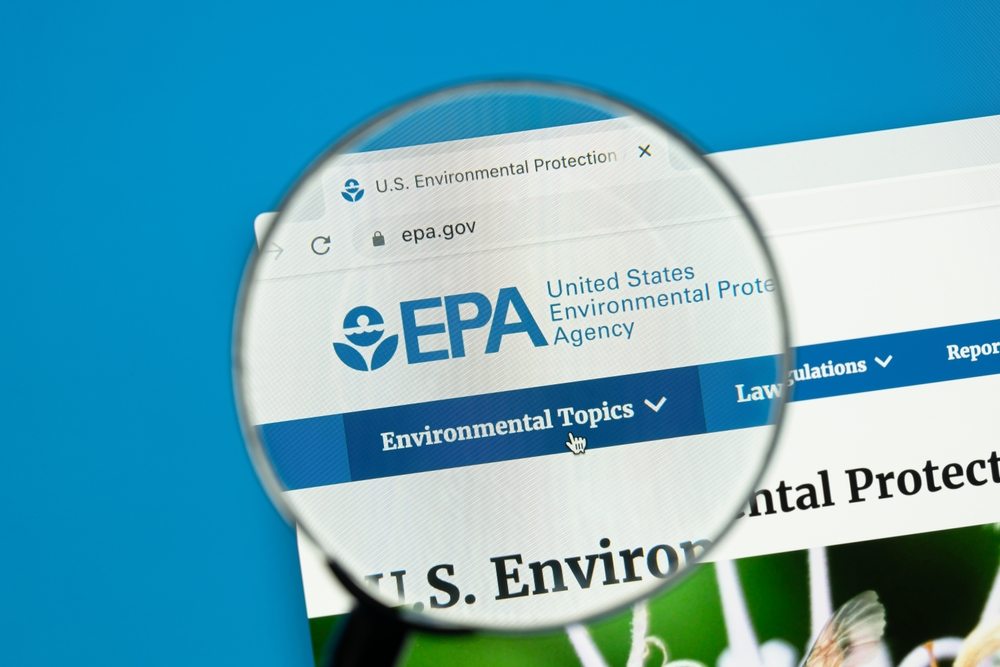In order to effectively research, monitor, and regulate PFAS, the United States Environmental Protection Agency (EPA) is taking action to better understand who is using PFAS, how they are being used, and in what quantities. On September 28, 2023, EPA finalized a new rule that requires any person that manufactures or has manufactured PFAS or PFAS-containing articles in any year since January 1, 2011, to electronically report information regarding PFAS uses, production volumes, disposal, exposures, and hazards. Data is due to EPA within 18 months of the effective date of the final rule. This rule will produce actionable data that can be used by EPA, as well as state and local governments to craft policies and laws that protect people from dangerous “forever chemicals.”
U.S. Water has been following developments closely since March 14, 2023,when EPA announced a proposed National Primary Drinking Water Regulation (NPDWR) for six PFAS included in the fifth Unregulated Contaminant Monitoring Rule (UCMR 5) monitoring. If finalized, the proposal will require public water systems to monitor for these chemicals and maintain water quality with PFAS levels below these MCLs. It will also require public water systems to notify the public and reduce PFAS contamination if levels exceed the proposed regulatory standards. The proposed PFAS regulation does not require any actions until it is finalized. USEPA has projected that the rule will be finalized near the end of 2023 or early 2024 and, once finalized, drinking water systems will have three years from that date to comply with the new MCLs.
For further information on the EPA national standard for PFAS in drinking water, refer to our original update published in March 2023 and our follow-up article on monitoring data released by EPA.




